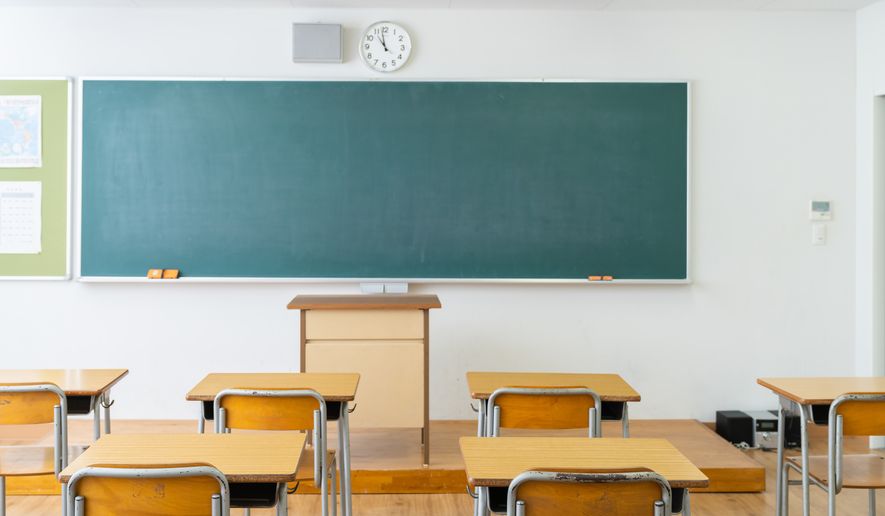A new study of electronic medical records finds clinically diagnosed anxiety and depression swelled among young people during strict pandemic lockdowns in Southern California.
The review of 1.7 million Kaiser Permanente patients ages 5 to 22 found the overall incidence and prevalence of clinical depression jumped 60% from 2017 to 2021. Anxiety diagnosed by itself increased 31% among children, teenagers and young adults over the same period.
Researchers from the health system found that rates rose among all demographics and grew faster during the pandemic period from 2020 through 2021. They published their findings Tuesday in JAMA Network Open.
“These results support the increased need in public health and health care efforts to combat the mental health crisis in youths,” the researchers wrote.
They noted that mental health problems among young people were likely underreported during pandemic restrictions on medical care, making the issue even more urgent.
The study found diagnosed anxiety and depression were highest for people ages 14 to 22, women and people who weighed too much or too little.
The findings come as public health authorities have warned of a growing youth mental health crisis linked to a surge in digital screen time and social media addiction during pandemic lockdowns of schools and social outlets.
California, which reported the first confirmed case of COVID-19 in the U.S. in January 2020, restricted people’s movements earlier than other states and kept them in place longer.
A 2021 WalletHub report ranked California dead last for the fewest number of restrictions a year into the pandemic, followed by Virginia.
Most of California’s K-12 schools remained closed to in-person learning during all or most of the 2020-21 academic year, longer than most states.
This past January, Golden State health officials finally rescinded an order that required people with asymptomatic COVID infections to isolate for five days before returning to school or work.
“Instead of staying home for a minimum of five days, individuals may return to work or school when they start to feel better,” the California officials said.
By comparison, Florida Surgeon General Joseph Ladapo allowed parents in September 2021 to make their own decisions about keeping their children home after an asymptomatic exposure to the virus.
According to some public health experts not involved in the study, many K-12 school lockdowns were unnecessary and lasted longer than helpful due to the minimal risk COVID-19 posed to students.
They have blamed government officials for shutting down schools in a chaotic way, requiring students to spend more time with digital screens as they attended virtual classes.
“There is no doubt that anxiety is increasing among young people at higher rates than ever before,” said Katy Talento, an epidemiologist who served as President Trump’s top health adviser at the White House Domestic Policy Council before the pandemic. “The main drivers are hours spent on digital media and our poisoned food supply.”
Amesh Adalja, an infectious disease specialist and senior scholar at the Johns Hopkins Center for Health Security who has treated COVID-19 cases, said the study published Tuesday confirms that public health restrictions had “major cascading impacts” on youth mental health.
“These findings are not surprising and underscore the need to do much better on pandemic preparation and response so that such disruptions to daily life and ordinary health care do not occur in any future infectious disease emergency,” Dr. Adalja said.
For more information, visit The Washington Times COVID-19 resource page.
• Sean Salai can be reached at ssalai@washingtontimes.com.




Please read our comment policy before commenting.